Stało się to w roku 1393. Oprócz tego król nadał nowemu miastu liczne przywileje, których mogły mu pozazdrościć wszystkie inne. Co poniedziałek na przykład odbywał się na rynku specjalny targ. Kupców zwolniono z opłat na rzecz właściciela grodu, a miejscowym i obcym rzemieślnikom pozwolono na pełną swobodę podczas sprzedaży swoich wyrobów, co w innych miastach było mocno utrudnione. Przeworsk został również wyjęty spod jurysdykcji sądowej i władzy urzędników królewskich.
Śródmieście młodego miasta otoczono wałem i fosą, później murem z trzema bramami obronnymi i pięcioma basztami. Dzięki nim, dzielni mieszczanie niejednokrotnie odparli najazdy Tatarów w początkach XVI wieku. Charakterystycznymi elementami urbanistycznymi jest sieć dróg w kierunkach wschód – zachód, czyli tak zwany szlak ruski, na południe (trakt węgierski) i na północ (droga do Sandomierza). Wyróżniają się też wąskie uliczki i obszerny rynek. Z rynku natomiast prowadzą ulice dokładnie w cztery strony świata. W najwyższym punkcie rynku wzniesiono zaś Ratusz.
Ratusz to jedna z najstarszych zachowanych budowli. Pierwsze wzmianki o nim pochodzą jeszcze z 1473 roku. Początkowo miał nieco inną formę, konstrukcję dachową tworzył niegdyś dach gontowy z drewnianą wieżyczką. Po przebudowie konstrukcja uzyskała formę mansardową, a dach pokryto dachówką karpiową. Postawiono też nową, obitą blachą wieżę z zegarem.
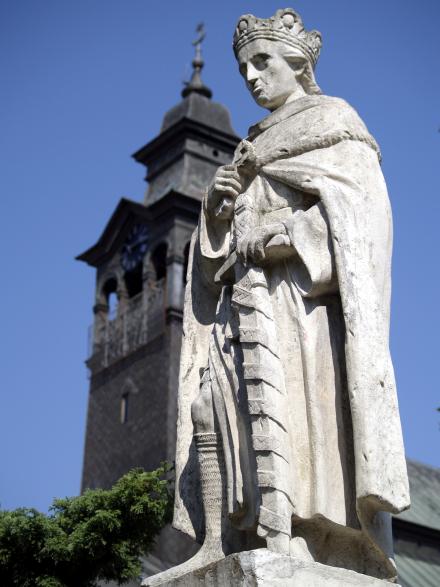
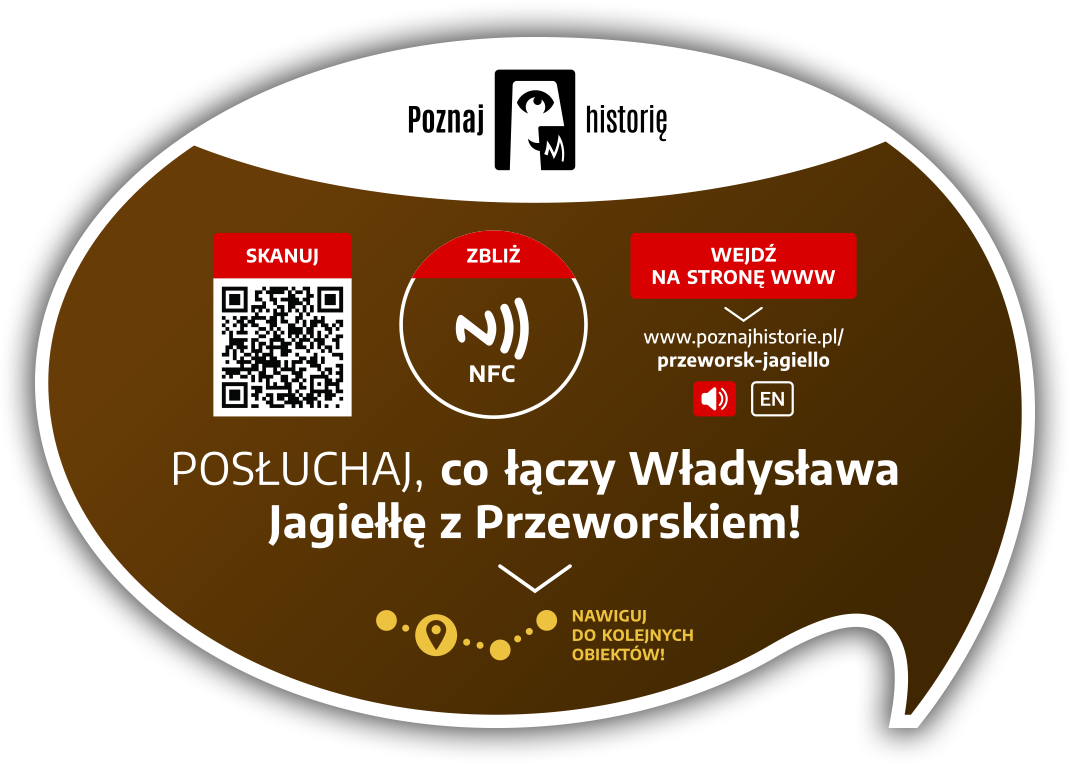
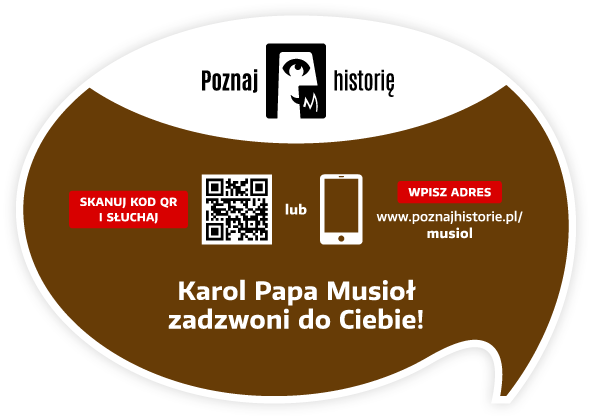
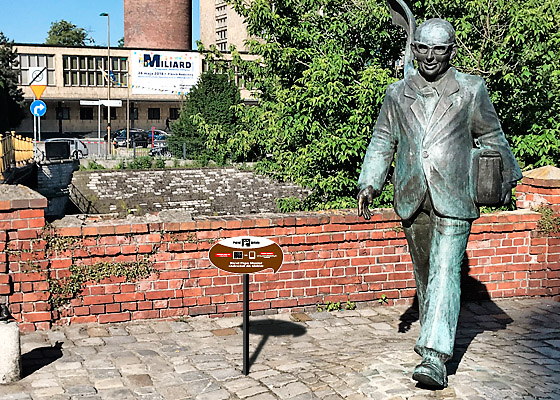


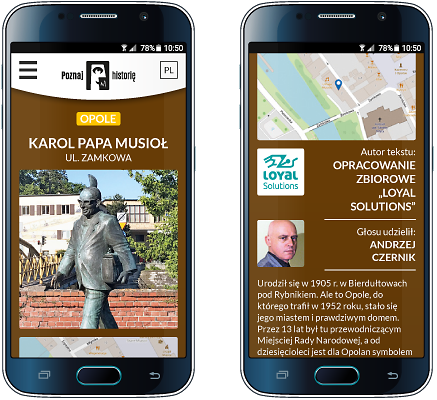
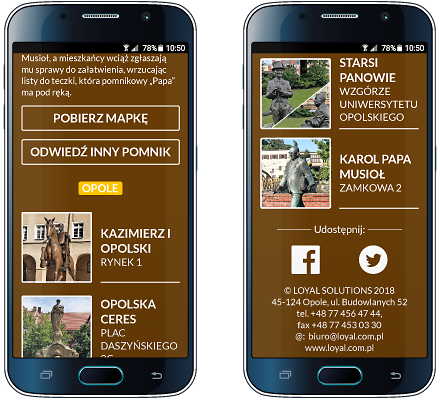


Visit Social media:
Share Social media: